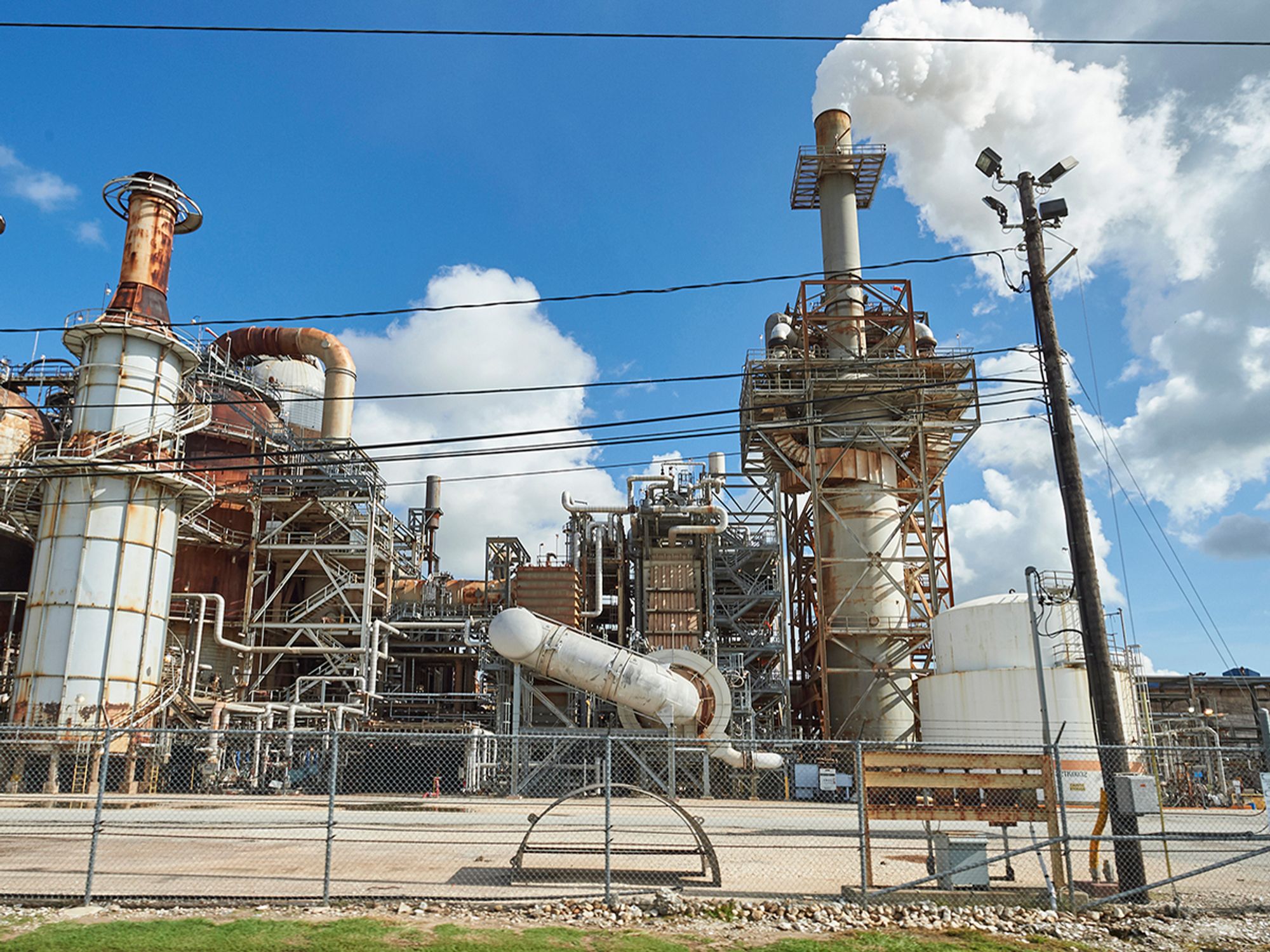Hazardous air pollutants

- HAPs are pollutants that are known or suspected to cause cancer, other serious health effects, or adverse environmental effects.
- The CAA requires the EPA to regulate HAPs from large industrial facilities in two phases.
The National Emissions Standards for Hazardous Air Pollutants (NESHAPs) are standards for stationary sources of hazardous air pollutants (HAPs). HAPs are pollutants that are known or suspected to cause cancer, other serious health effects (such as reproductive effects or birth defects), or adverse environmental effects. HAPs are often referred to as air toxics.
Each NESHAP standard can be delegated to a state, although the Environmental Protection Agency (EPA) and the states both implement and enforce the standards. The EPA works with states, local governments, tribal governments to reduce air emissions for 187 specific HAPs. The Clean Air Act (CAA) requires the EPA to regulate HAPs from large industrial facilities in two phases:
- Phase 1 is technology-based. The EPA develops standards for controlling HAPs emissions from sources in an industry group and/or source category. These are the maximum achievable control technology (MACT) standards. MACT standards are based on emissions levels that are already being achieved by the lowest emitting sources in an industry.
- Phase 2 is a risk-based approach, called residual risk. The CAA requires the EPA to determine whether more health-protective standards are necessary. Within eight years of setting the MACT standards, the EPA must assess the remaining health risks from each source category for the effectiveness of the MACT standards to protect public health with an “ample margin of safety,” and against environmental effects.
Every eight years after setting the MACT standards, the EPA must review and revise the standards, if necessary, to account for improvements in air pollution controls and prevention techniques. The first eight-year review, when combined with the residual risk review, is called the risk and technology review (RTR).
To comply with the NESHAPs, the company needs to know the industrial source category (e.g., oil and gas, aluminum manufacturing, etc.), and whether they are a major or minor source of toxic air emissions. Depending on the source category and emissions, compliance will include:
- Performing an initial performance test to demonstrate compliance with the NESHAPs.
- Monitoring and reports.
- Installing and operating continuous emission monitors (if required).
- Detecting and repairing leaking or malfunctioning equipment.
